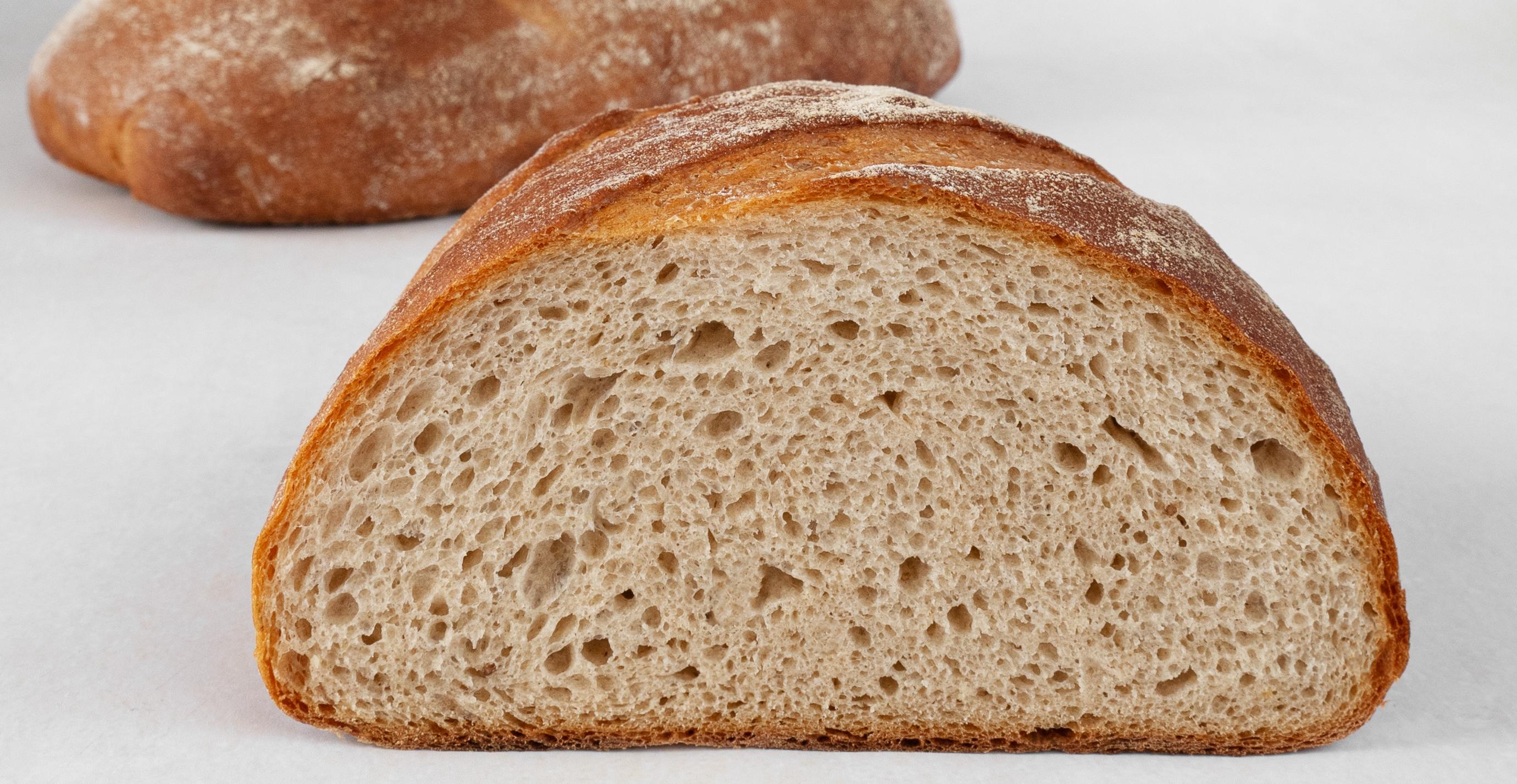
The mighty potato!
Hardly any other vegetable is as diverse and versatile as the potato. Its high starch content makes it an important source of energy for the human body.
The most important staple food in the world after rice, wheat and maize can be found in around 5,000 edible varieties. They range from table potatoes to industrial potatoes (for chips and fries) and feed potatoes to seed potatoes. Visually, the tuber plant varies greatly in appearance and colour, from white to blue on the inside and from yellow to purple on the outside.
Healthy and tasty
The potato is one of the most nutrient-rich foods of all. With its high water content and carbohydrates in the form of starch, it provides plenty of energy and is also rich in potassium, magnesium, iron, B vitamins and vitamin C. In total, the potato contains eleven different vitamins, many of them in or directly under the skin. Nutrients are often lost during preparation, especially through heat and draining. Steaming minimises vitamin loss, while the production of products like chips can cost up to 80% of the vitamins.
There is a common myth that potatoes make you fat. The truth is that they have a low energy density of around 70 kcal per 100 g and hardly any fat. They only become high in calories when they are fried or baked. Compared to other carbohydrate-rich foods, cooked potatoes also keep you fuller for longer. This can have positive long-term effects on body weight and body fat mass.
Potato bread: a nourishing delicacy
For those who have not tried it yet, potato bread is a tasty and nutritious alternative to traditional bread, characterised by its special texture and unique taste. Made from potatoes and flour, it combines the benefits of both ingredients and offers a multitude of nutritional benefits.
- Nutrient-rich: The use of potatoes in bread not only adds a delicate sweetness, but also increases satiety. Potatoes are rich in vitamins, minerals and fibre, which give the bread a health boost.
- Versatile preparation: Potato bread can be prepared in different ways, whether as a classic flatbread, as bread rolls or a rustic loaf. The variations are almost endless.
- Easy preparation: Making potato bread is straightforward. Boiled potatoes are mashed and mixed with flour, yeast and water. After a short rising time, the dough is baked. Preparation requires no previous knowledge, and is ideal for amateur bakers.
Conclusion
The potato is rightly a popular food and an important source of nutrients that is full of energy and low in calories. In bread, the versatile tuber is not only delicious, but also good for health. Potato bread is perfect for anyone looking for a new taste experience that is also nutritious. Try it out and discover the benefits of this wholesome bread.
Mag. Susanne Dirisamer
Dietician & health scientist
